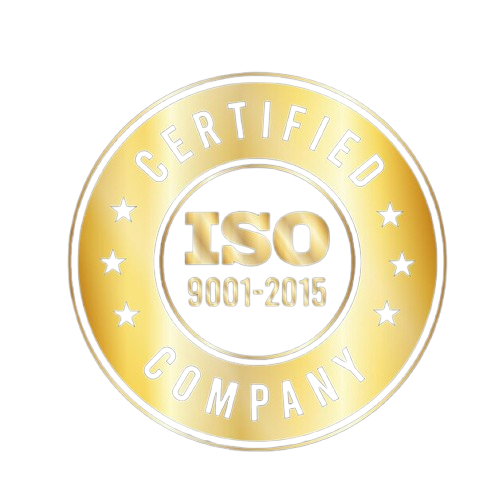Importing Honeycomb Sandwich Panel From China with Competitive Pricing
Are you looking for a reliable honeycomb sandwich panel manufacturer? To ensure the best quality, we are aiming to focus on every detail of the honeycomb sandwich panel manufacturing process. For more details, please quote now.
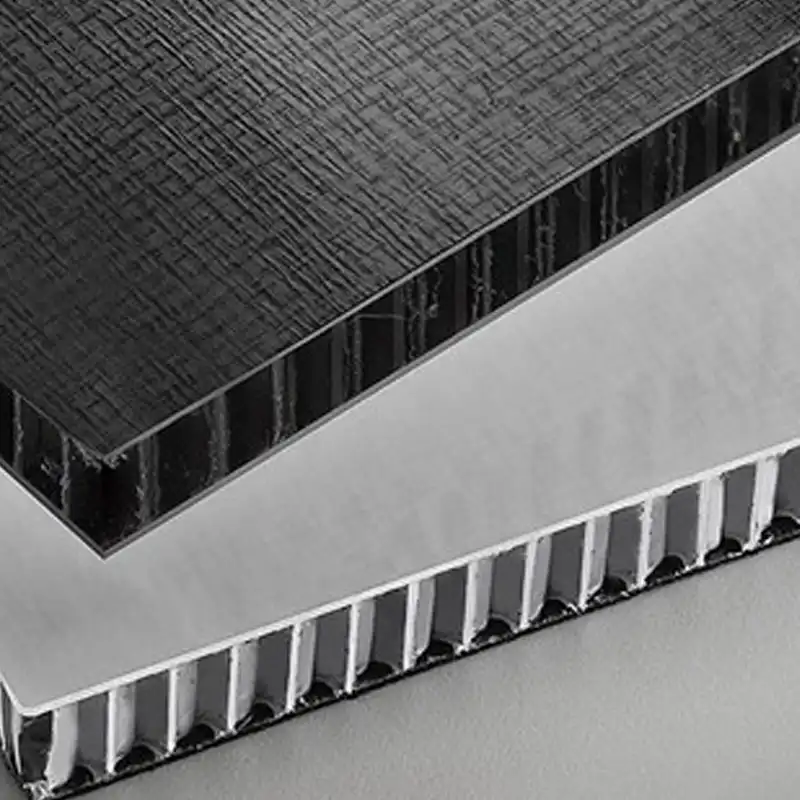
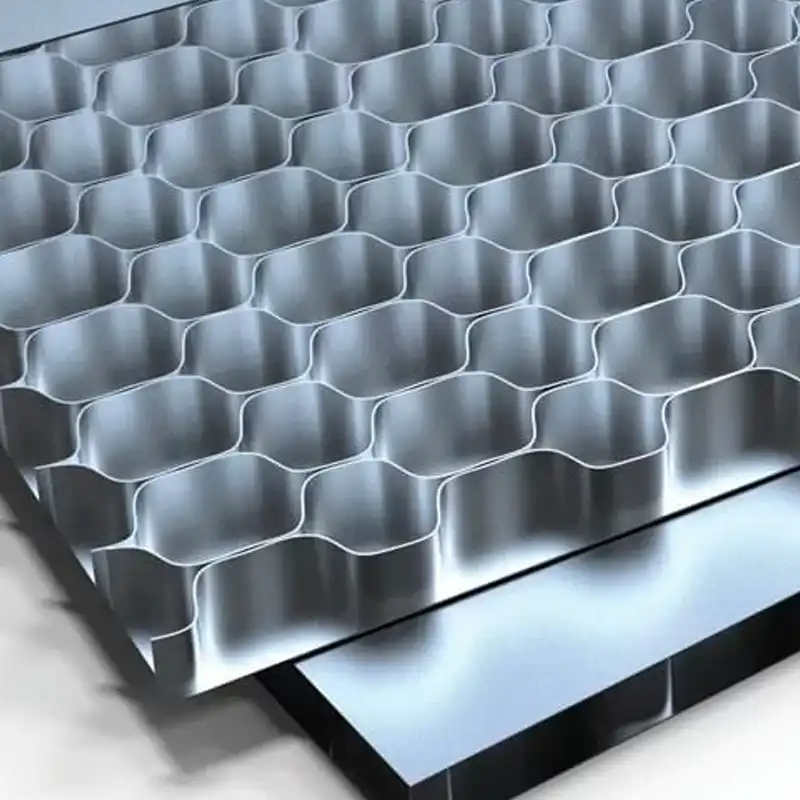
Honeycomb sandwich panel Structure
Core Material: Typically made of aluminum, Nomex (a type of aramid), or thermoplastic.
The core is in the shape of a honeycomb, providing a high strength-to-weight ratio.
Offers excellent compression and shear properties.
Face Sheets: Usually constructed from materials such as aluminum, fiberglass, or carbon fiber. Thin but strong, these sheets are bonded to either side of the core. Provide additional strength and stiffness to the panel.
Adhesive: Used to bond the face sheets to the honeycomb core. Needs to be strong and durable to maintain the integrity of the panel.
Often a high-performance epoxy or other polymer.
Honeycomb sandwich panel Benefits
Lightweight: Honeycomb sandwich panels are exceptionally lightweight, making them ideal for applications where weight reduction is crucial. This characteristic is particularly valuable in aerospace, automotive, and other industries where minimizing overall weight is a priority.
Corrosion Resistant: Depending on the choice of face sheet material (such as aluminum), honeycomb sandwich panels exhibit excellent corrosion resistance. This makes them suitable for use in environments where exposure to moisture or corrosive substances is a concern.
High Strength: The honeycomb structure provides outstanding strength and stiffness, contributing to a high strength-to-weight ratio. This makes these panels capable of withstanding significant loads and forces, enhancing their structural integrity and performance.
Excellent Durability: Honeycomb sandwich panels are known for their durability and longevity. The combination of strong face sheets and a resilient honeycomb core results in a structure that can withstand various environmental conditions, mechanical stresses, and wear over an extended period.
Exceptional Tolerance: These panels exhibit exceptional tolerance to impact and dynamic loading. The honeycomb core distributes and absorbs energy, reducing the risk of structural damage from impacts. This property is particularly valuable in transportation and construction applications where resilience to external forces is essential.
Thermal Insulation: The air pockets within the honeycomb cells contribute to thermal insulation. This property is advantageous in applications where temperature control or insulation is necessary, such as in aerospace components or building materials.
Versatility in Applications: Honeycomb sandwich panels are versatile and can be customized to meet specific application requirements. Whether used in aircraft components, automotive parts, marine structures, or architectural elements, these panels provide design flexibility and adaptability.
Reduced Material Consumption: The efficient use of materials in honeycomb sandwich panels contributes to resource efficiency. The combination of lightweight construction and high strength means that less material is required to achieve the same or better performance compared to traditional solid materials.
Aesthetically Appealing: Beyond their functional benefits, honeycomb sandwich panels can also offer aesthetic appeal. The panels can be designed with different finishes and textures, making them suitable for use in architectural applications where both form and function are important.
Environmental Considerations: Depending on the choice of materials and manufacturing processes, honeycomb sandwich panels can be designed with environmental considerations in mind. The recyclability of certain materials contributes to sustainability, and ongoing advancements in manufacturing techniques aim to minimize environmental impact.
Honeycomb sandwich panels
Here we are one of the leading sandwich panel suppliers from China, aiming to provide the qualified honeycomb core sandwich panels. We can provide all kinds of the composite honeycomb sandwich panels, made of premium building material to create the excellent strength, and good durability.
Here are trending honeycomb cored sandwich panels in the following, and welcome to contact us at any time if you are willing to buy honeycomb sandwich panel.
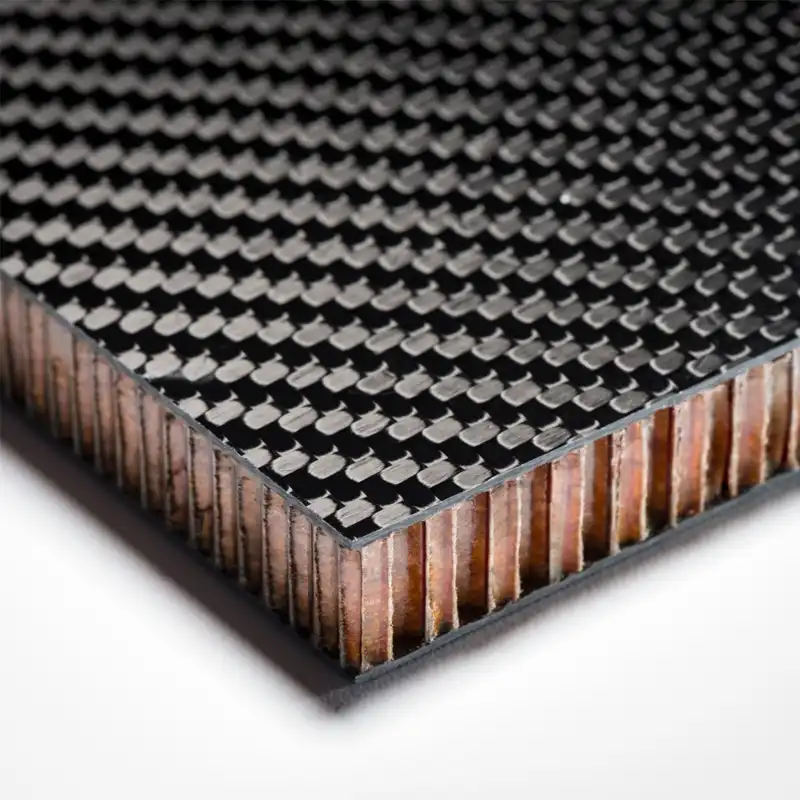
carbon fiber honeycomb sandwich panel
Are you looking for the carbon fiber honeycomb sandwich panel for your project? Here we can supply the premium qualified honeycomb core sandwich panel, that consists of carbon fiber, to be helpful for you to build a house quickly.
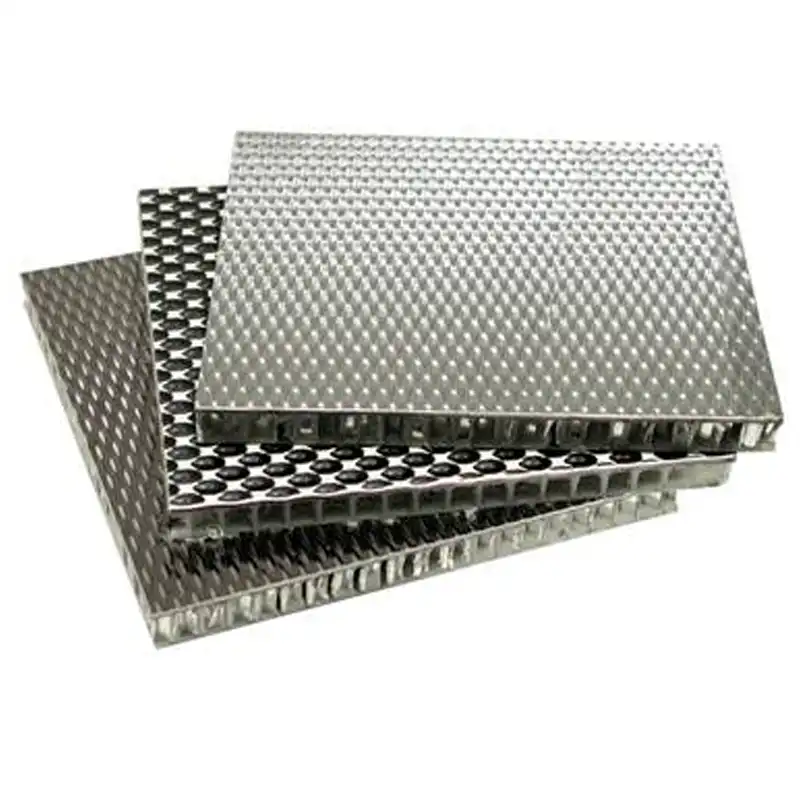
aluminium honeycomb sandwich panel
As a leading professional sandwich panel manufacturer from China, we can provide all kinds of sandwich panels. And you can find the top-rated Aluminum honeycomb sandwich panels to be one of your building materials. For more, please contact us now.
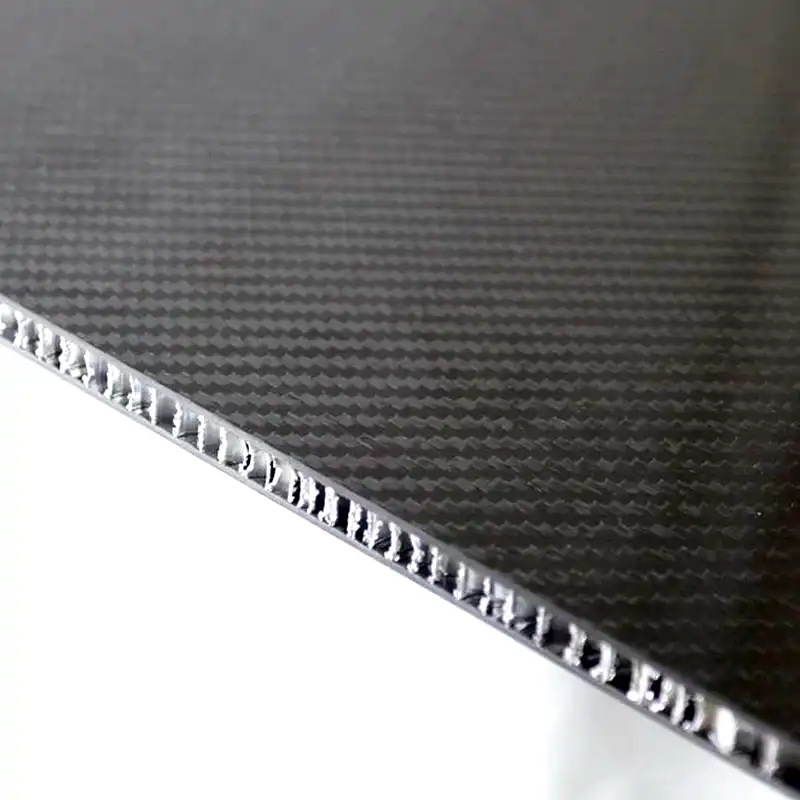
carbon fiber aluminum honeycomb sandwich panel
The carbon fiber aluminum honeycomb sandwich panels are constructed of the composite laminate materials, and also include honeycomb reinforcement to give higher strength and better durability.
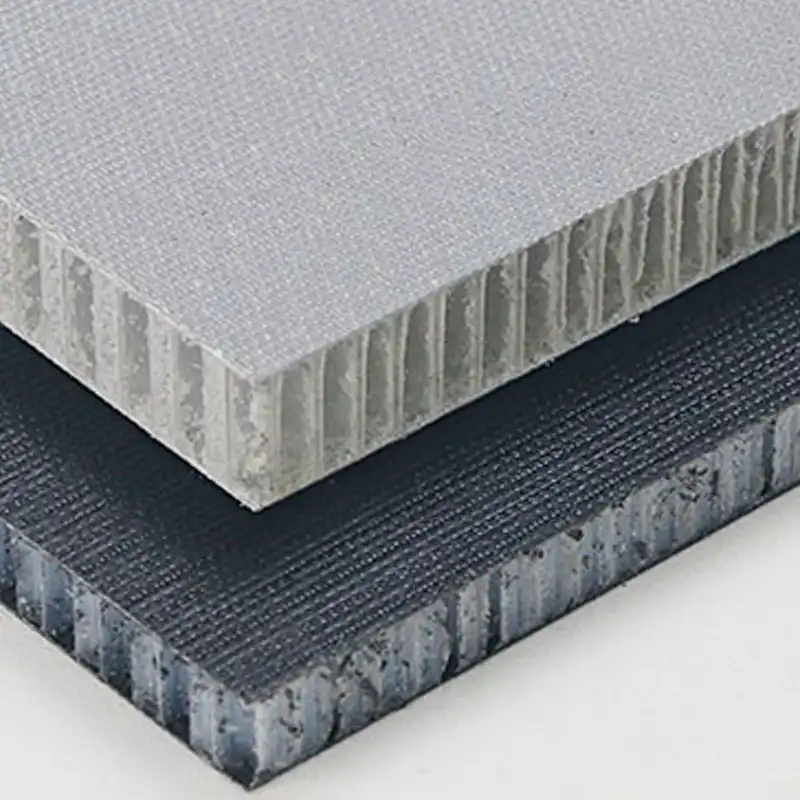
fiberglass honeycomb sandwich panels
The fiberglass honeycomb sandwich panel is the ideal building material, that has wide applications where lightweight, rigid sandwich panel is required. We are leading sandwich panel manufacturer to produce all types of sandwich panels for you to complete your building projects.
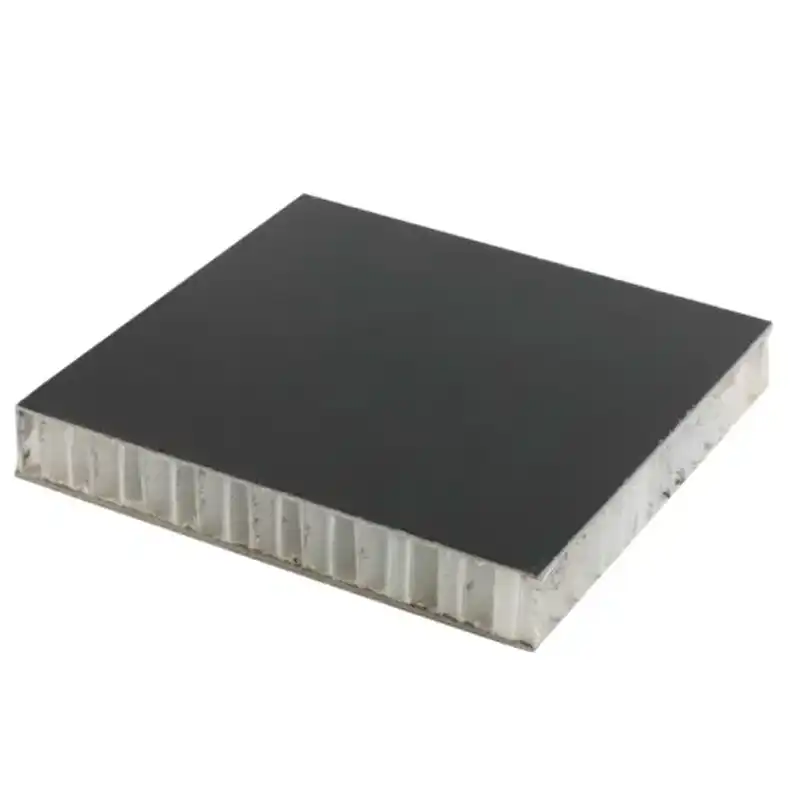
fRP honeycomb sandwich panel
Fiber-reinforced polymer (FRP) sandwich panels are lightweight composite materials, that can be used in various building industries, such as aerospace and construction. FRP honeycomb sandwich panels are sandwiched composite materials, including Nomex or aluminum, and FRP to provide high strength-to-weight ratio.

nomex honeycomb sandwich panels
The Nomex honeycomb sandwich panels are the composite building materials has wide applications, that can be used for construction industries. The Nomex honeycomb sandwich panel is cored with Nomex aramid paper, and it is the high performance, flam resistant material to provide the excellent strength.
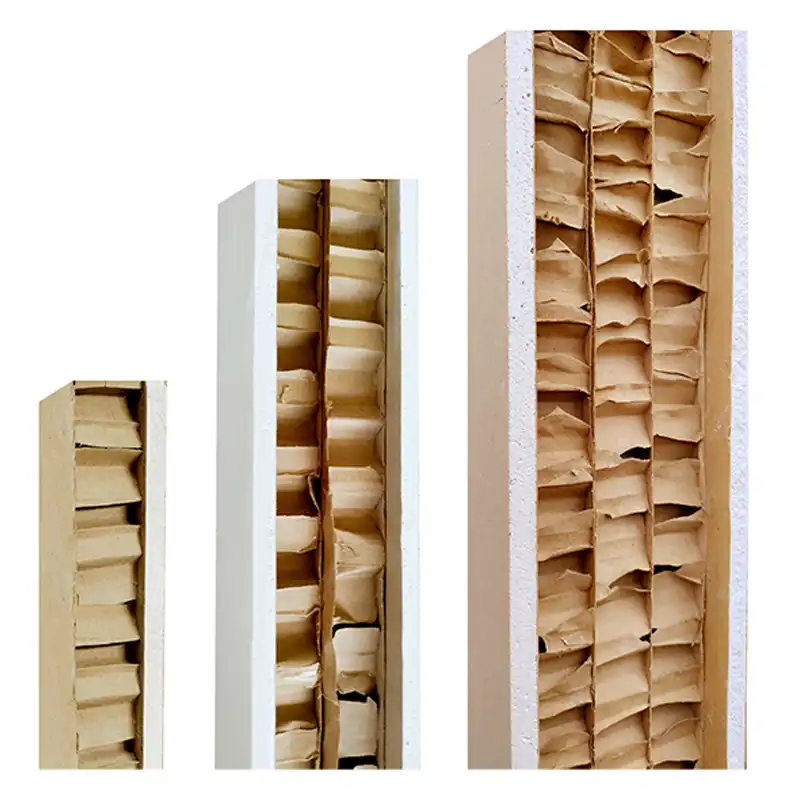
paper honeycomb sandwich panels
Paper honeycomb sandwich panels are the most lightweight building materials, which is cored with paper honeycomb, and also facing sheets bonded together. And the paper is usually strips of kraft paper, formed into the hexagonal or honeycomb structure. Compared with other sandwich panels, paper honeycomb core is lightweight, low density, to be applied in the packaging, furniture and etc.
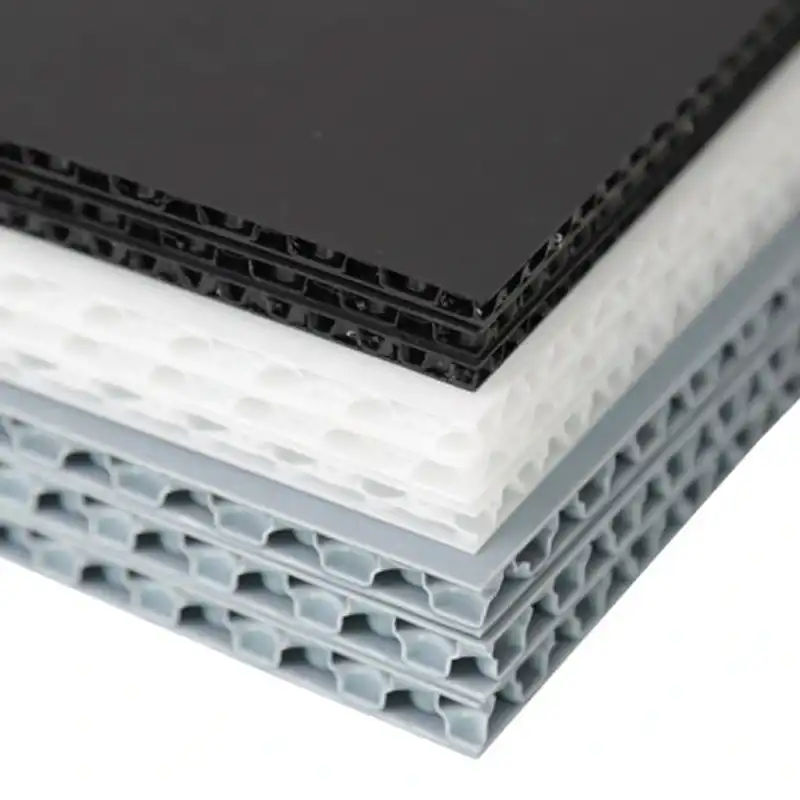
plastic honeycomb sandwich panel
We also provide the plastic honeycomb sandwich panels, made of plastic materials. And the honeycomb core structure can provide a lightweight, known for their high strength-to-weight ratio. They are suitable for the applications where requires weight reduction. Commonly used in the aerospace, automative, marine, and also construction industries.
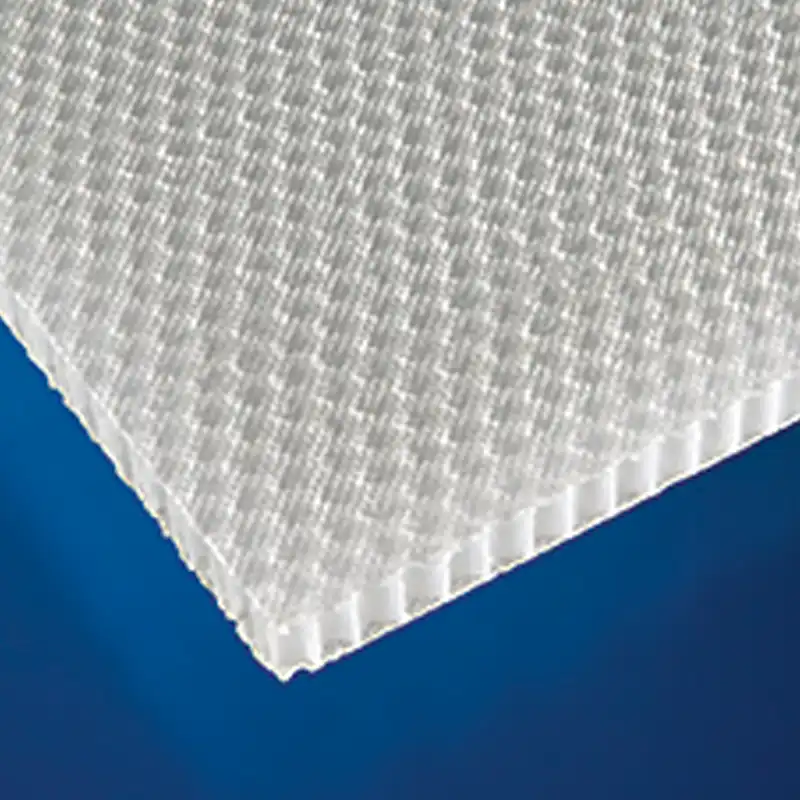
pP honeycomb sandwich panel
Polypropylene (PP) honeycomb sandwich panel is cored with polypropylene honeycomb and facing sheets bonded on each side. PP honeycomb core sandwich panel, and polypropylene material is a thermoplastic polymer known for its durable and lightweight properties. And they are widely applied in the automative, construction, marine industries, and also PP is also corrosion resistant, thermal insulated and impact resistant.
What is a honeycomb sandwich panel?
A honeycomb sandwich panel is a lightweight composite structure consisting of two thin, stiff face sheets bonded to a core material that has a honeycomb structure. The core material provides strength and stiffness while keeping the overall weight of the panel low.
What are the face sheet materials typically used in honeycomb sandwich panels?
Face sheets are often made of materials such as aluminum, steel, fiberglass, or carbon fiber composites. The choice of material depends on the specific application and desired properties.
What is the purpose of the honeycomb core in the panel?
The honeycomb core serves as a structural reinforcement, providing strength and rigidity to the panel while maintaining a lightweight construction. The hexagonal or honeycomb structure is particularly effective in distributing loads evenly across the panel.
What are the advantages of honeycomb sandwich panels?
- High Strength-to-Weight Ratio: They offer excellent strength and stiffness with minimal weight.
- Stability and Rigidity: The honeycomb structure provides stability and rigidity to the panel.
- Thermal Insulation: The air trapped in the honeycomb cells provides thermal insulation.
- Impact Resistance: The structure disperses impact energy, making them resistant to damage.
- Corrosion Resistance: Depending on face sheet material, they can be corrosion-resistant.
In what industries are honeycomb sandwich panels commonly used?
These panels are widely used in aerospace, automotive, marine, construction, and other industries where lightweight yet strong structures are required. Applications include aircraft components, automotive body panels, ship interiors, and architectural elements.
Can honeycomb sandwich panels be customized for specific applications?
Yes, they are highly customizable. The choice of face sheet material, core material, thickness, and overall panel dimensions can be tailored to meet the specific requirements of a given application.
How are honeycomb sandwich panels manufactured?
Manufacturing typically involves bonding the face sheets to the honeycomb core using adhesives or other bonding methods. The process may include curing or heating to ensure a strong bond.
What are the limitations of honeycomb sandwich panels?
While they offer many benefits, honeycomb sandwich panels may have limitations in terms of cost, complexity of manufacturing, and certain environmental conditions. Careful consideration of these factors is necessary in the design and application process.
Are honeycomb sandwich panels recyclable?
Recyclability depends on the materials used. Some face sheet materials, like aluminum, are recyclable, but composite materials may pose challenges. Advances in recycling technologies are continually improving the sustainability of these panels.
What maintenance is required for honeycomb sandwich panels?
Maintenance requirements are generally low, but it’s essential to follow manufacturer recommendations. Regular inspections for damage, especially in high-stress areas, and prompt repairs if needed, are crucial to ensure the longevity of the panels.


